Roll-to-Roll Breakthrough: Super-Repellent Surfaces Now Scalable
Can Liquid-Repelling Surfaces Be Mass Produced?
Introducing a Wetting-Induced Breakthrough in Surface Engineering
What if you could manufacture surfaces that resist oil, trap particles, repel even the most stubborn liquids, and withstand external forces—all in a continuous roll? That question is at the heart of a recent research article published in Advanced Materials, titled "Scalable Multistep Roll-to-Roll Printing of Multifunctional and Robust Reentrant Microcavity Surfaces via a Wetting-Induced Process."
The study introduces a new approach to producing specialized surfaces with remarkable capabilities, thanks to a process called WING, short for Wetting-Induced Interconnected Reentrant Geometry. This method enables the continuous roll-to-roll printing of microcavity surfaces with advanced features such as superior liquid repellency, solid and liquid retention, and high mechanical durability.
These surfaces are inspired by structures found in nature and can offer significant benefits in applications like anti-icing, particle collection, and biomedical coatings. With the WING process, the researchers have not only solved a technical challenge but opened the door for high-throughput manufacturing of next-generation functional surfaces.
Key Highlights
Introduces the WING process using capillary forces to create complex reentrant microstructures
Demonstrates roll-to-roll compatibility for continuous, scalable fabrication
Surfaces exhibit high contact angles even with low-surface-tension liquids
Structures retain solid particles and liquids under external stress
Integrates spray coating with UV nanoimprint lithography
Validated through numerical simulations and real-world experiments
Capable of producing sheets up to 1.2 by 4 meters in size
Supports applications in anti-icing, biofouling prevention, and particle collection
Understanding the Technology: Why Reentrant Structures Matter
Reentrant microstructures are architectural designs that curve inward, forming cavities that can hold air, liquid, or particles. These shapes occur naturally in the skin of springtails, citrus peels, and even pitcher plants. In biological systems, they help surfaces stay dry, store protective compounds, or maintain stability in wet environments.
What makes reentrant structures special is their ability to resist being fully wetted by liquids. This feature allows them to maintain air pockets and resist contamination. In engineered surfaces, they enable liquid repellency that goes beyond what traditional microstructures can offer.
Until now, manufacturing these complex surfaces has been difficult to scale. Traditional methods rely on photolithography or 3D printing, which are either time-consuming or limited to small areas. The WING process overcomes these challenges by enabling precise, reproducible, and continuous production using roll-to-roll techniques.
Why This Study Matters in Today’s Manufacturing Landscape
The researchers behind this study have created a method that combines material science with real-world scalability. The WING process produces surfaces that repel liquids like water and oil, hold onto particles even after physical contact, and resist the loss of liquid under high-speed forces.
These capabilities were previously confined to small-scale experiments. The new process changes that by using spray coating and UV-curable resins to achieve reentrant structures through capillary action. With this method, surfaces that were once expensive and difficult to produce can now be fabricated on a roll, potentially at industrial scale.
This development is particularly relevant for industries that require smart surfaces. From anti-icing coatings on aircraft to anti-biofouling layers in marine environments and precision filtration in healthcare, the possibilities are extensive.
What is roll-to-roll processing, and why is it revolutionizing the way we make flexible devices?
How the Process Works: Capillary Action in Action
At the core of the WING process lies a natural phenomenon: capillary action. This is the same principle that allows water to move up plant roots or wick into paper towels.
To create the reentrant structures, researchers began by using UV nanoimprint lithography to fabricate a mold with interconnected microcavities. A UV-curable resin was then sprayed onto a release film. The mold was pressed onto this coated film. Upon contact, the liquid resin spread along the mold’s sidewalls, driven by capillary forces. Once cured under UV light, the mold was removed, leaving behind a solid reentrant structure.
What makes this approach scalable is its simplicity. Unlike techniques that require complex etching or layering, this method relies on the behavior of liquids and the careful tuning of surface energies. By adjusting parameters like resin viscosity and coating thickness, the researchers were able to control the formation of the reentrant geometry with great precision.
The Laboratory Roll-to-Roll Coater makes double-sided slot-die coating simple.
Behind the Scenes: Theory, Simulation, and Experimentation
The study combined theoretical modeling with hands-on fabrication to validate the WING process. Researchers used numerical simulations to understand how surface energy and capillary behavior would affect resin flow. These simulations confirmed that reentrant structures could form reliably under the right conditions.
Experiments were conducted using resins of varying viscosities and surface energies. The thickness of the resin layer was found to be a critical factor. Too much resin, and the cavities would fill completely, defeating the purpose. With thinner layers—less than six micrometers—the capillary action created the desired geometry.
To test the performance of the surfaces, researchers measured contact angles with different liquids. The reentrant structures maintained high contact angles, even for liquids with low surface tension like olive oil. In contrast, conventional microcavity surfaces failed under similar conditions.
Additional testing showed that particle retention was superior in the WING structures. When coated with particles and subjected to a tape peel-off test, reentrant surfaces held onto their contents while planar and pillar-structured surfaces did not. Liquid retention was tested using spinning experiments. The reentrant surfaces prevented oil from escaping, even at high rotational speeds, demonstrating their enclosed and secure design.
Looking Forward: Industry Potential and Future Applications
The success of the WING process presents new opportunities for roll-to-roll manufacturing. Large-scale production of multifunctional surfaces is now within reach, which could transform sectors ranging from consumer goods to aerospace.
Possible applications include self-cleaning windows, medical diagnostic devices, filtration membranes, and energy-efficient coatings. The reentrant structures can be further enhanced with coatings like silica nanoparticles to increase repellency, suggesting even more advanced use cases in the future.
Because the process is compatible with continuous roll-based systems, it offers an affordable and scalable way to introduce high-performance surface functionality into mainstream products. This represents a major advancement in functional surface engineering.
Choose the right slot-die head for your application Read our guide to understand which slot-die head is right for you.
Conclusion
The study offers a compelling vision of what’s possible when natural phenomena like capillary action are harnessed through precision engineering. The WING process achieves what previously seemed incompatible: complex surface structures manufactured at scale.
By integrating spray coating, UV curing, and roll-to-roll printing, the researchers have created a platform that can transform how functional surfaces are produced. Whether the need is for repelling water, trapping particles, or resisting oil, these reentrant surfaces provide a versatile solution.
For manufacturers, engineers, and materials scientists alike, this work marks a significant leap forward in the design and production of high-performance surfaces. It takes inspiration from nature and translates it into a scalable industrial solution.
Authors
Su Hyun Choi
Seungwoo Shin
Woo Young Kim
Je Min Lee
Seo Rim Park
Hyuntae Kim
Kyoohee Woo
Sin Kwon
Nicholas X. Fang
Seok Kim
Young Tae Cho
Get Professional Support for Your Coating Needs
Need help with slot-die coating, coating machines, or any related applications?
Contact infinityPV’s experts today for professional guidance and support.



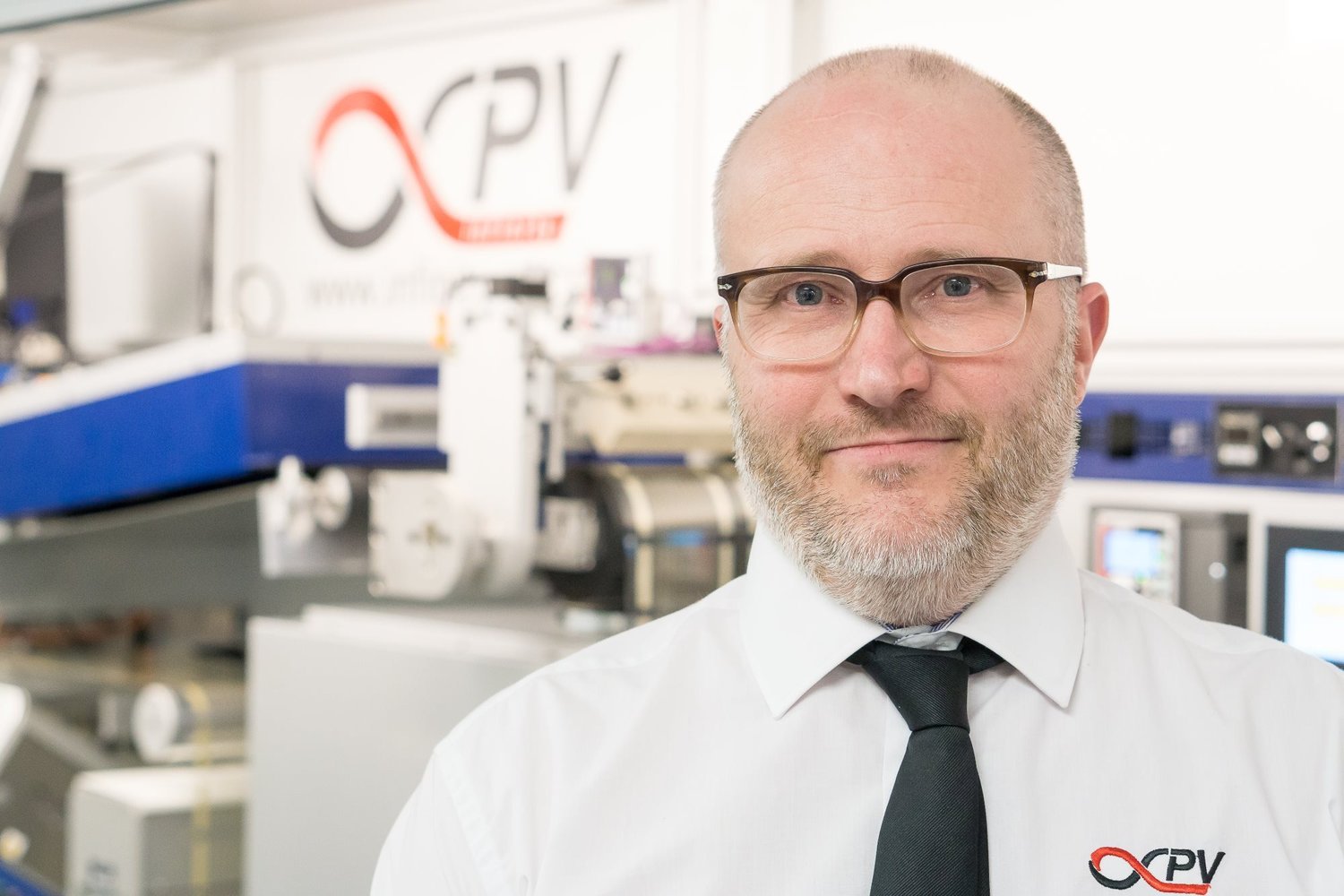
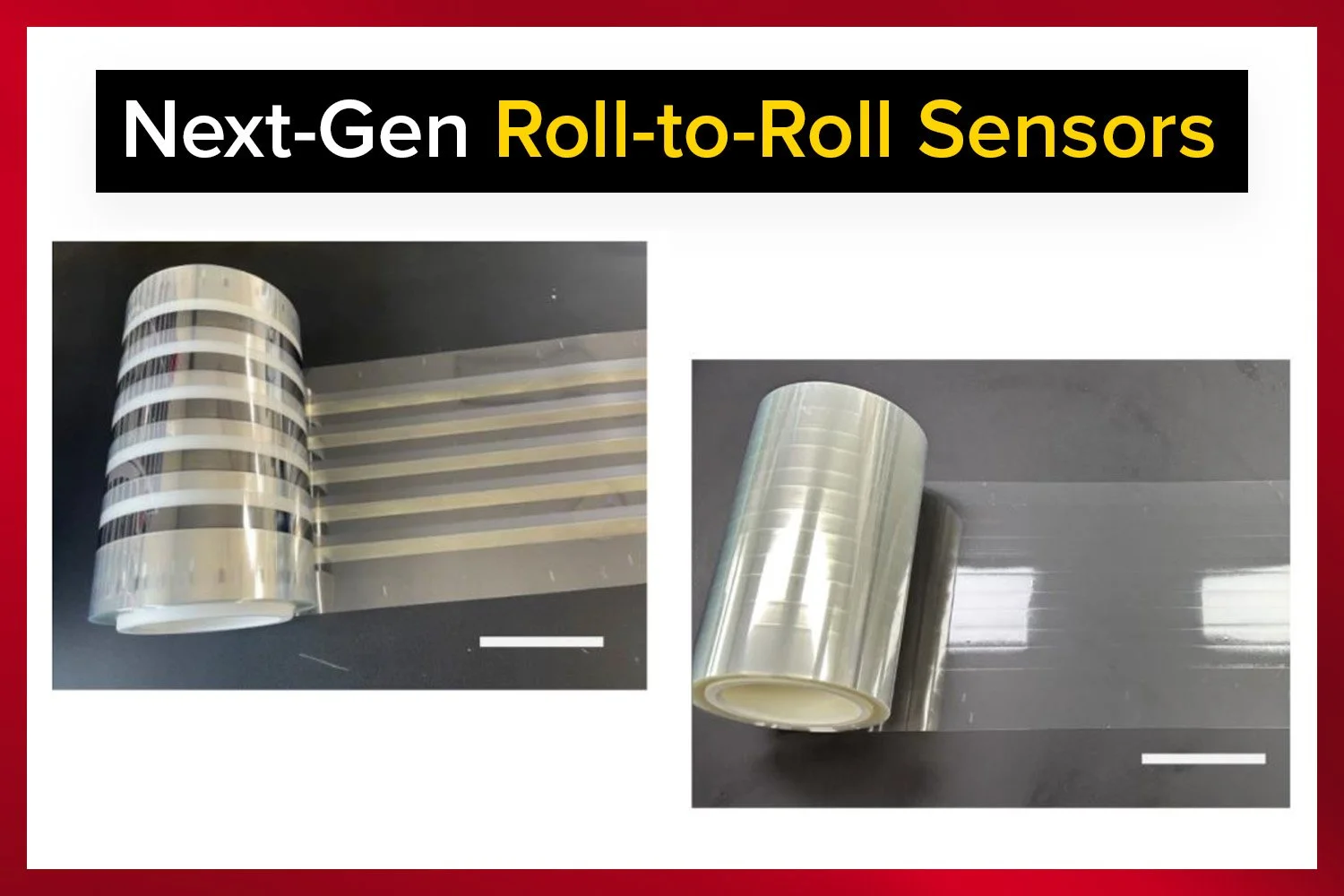





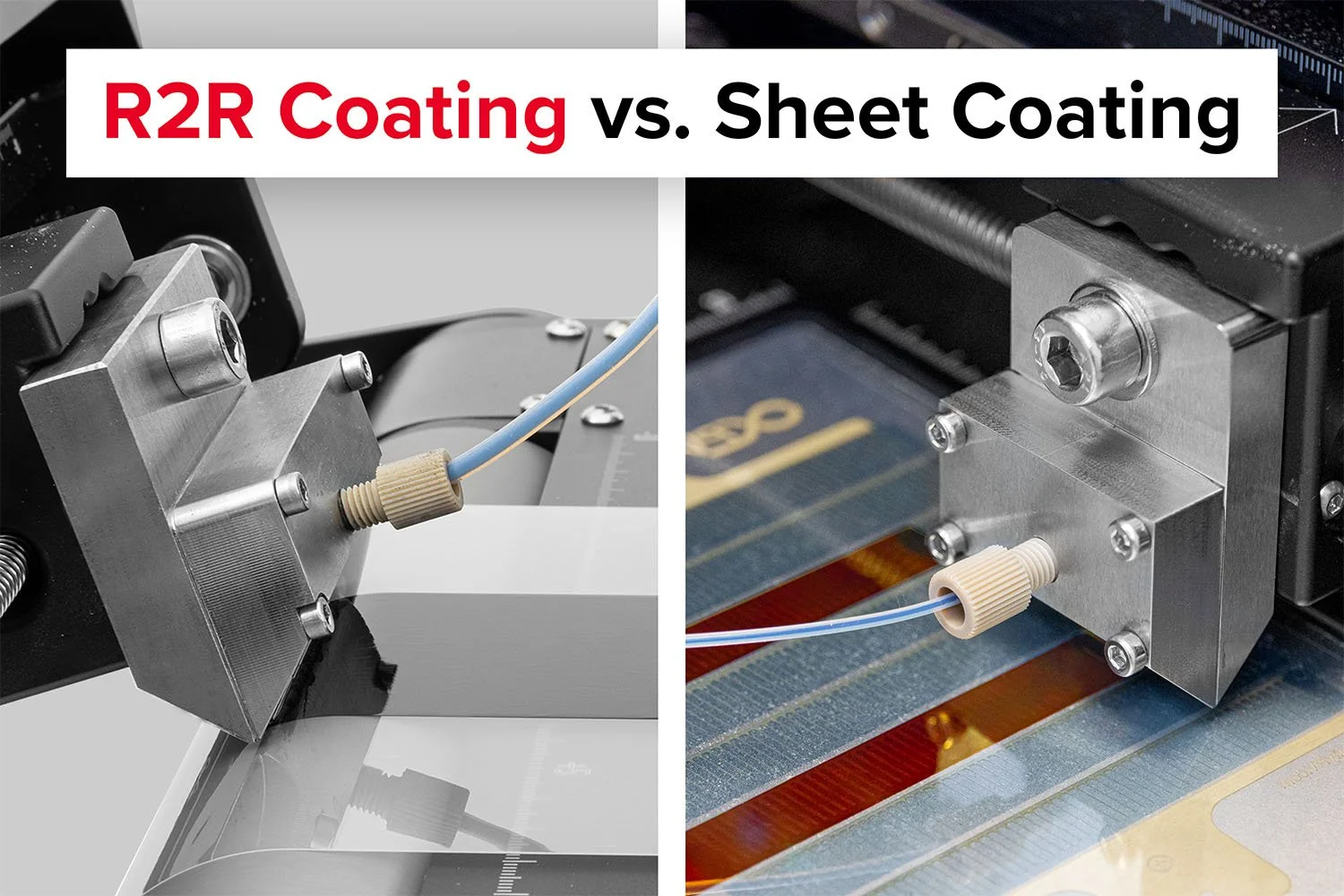

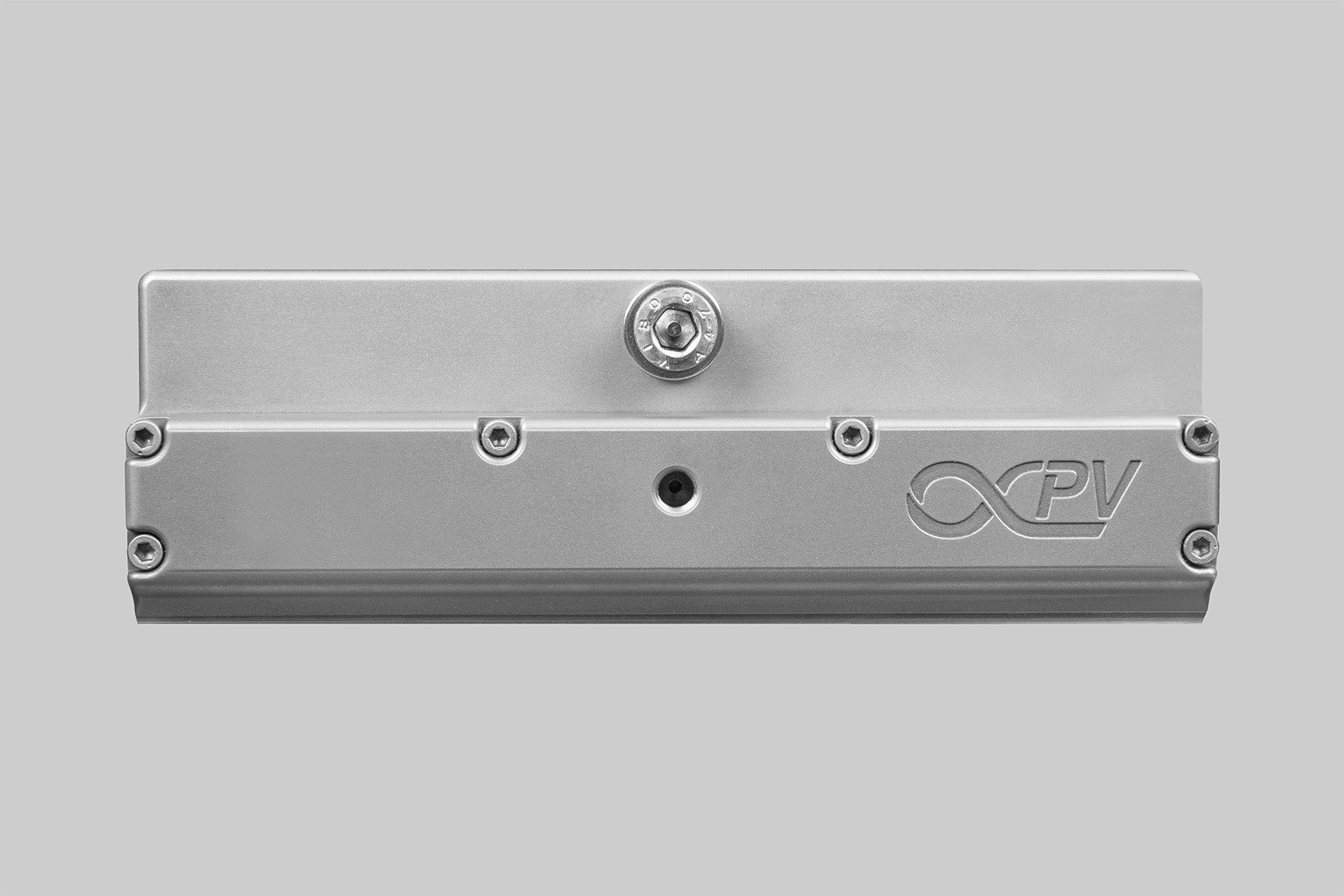

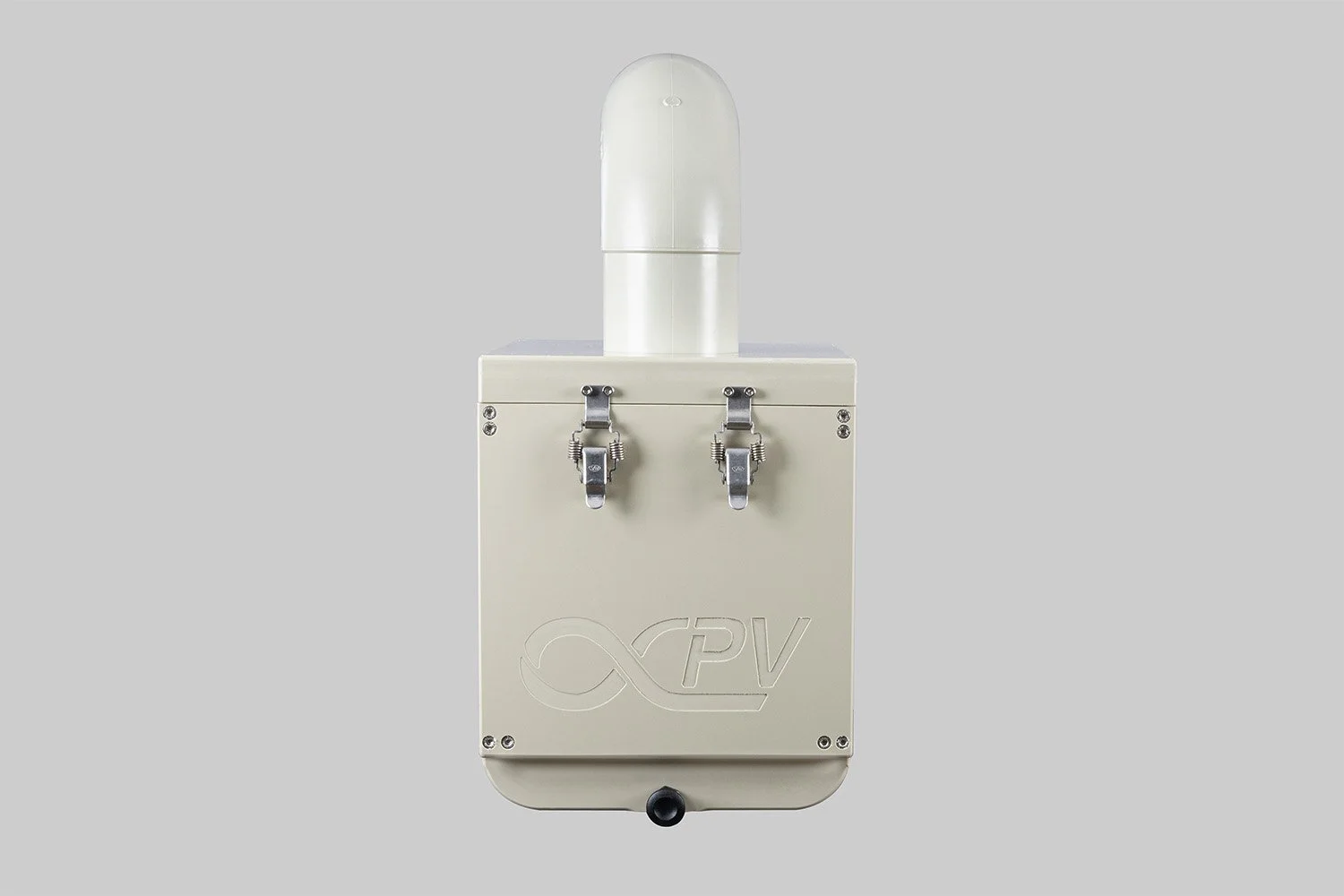


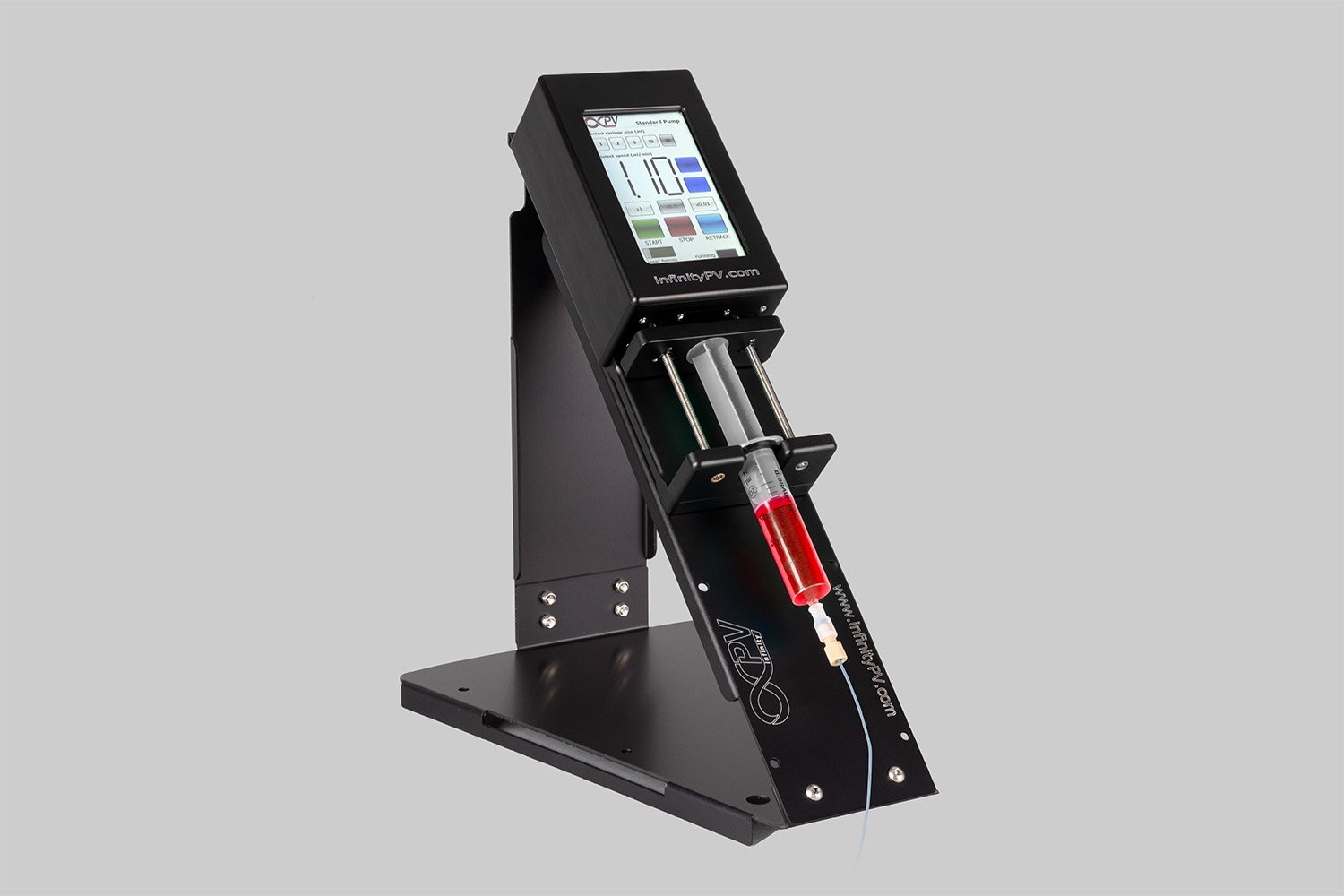
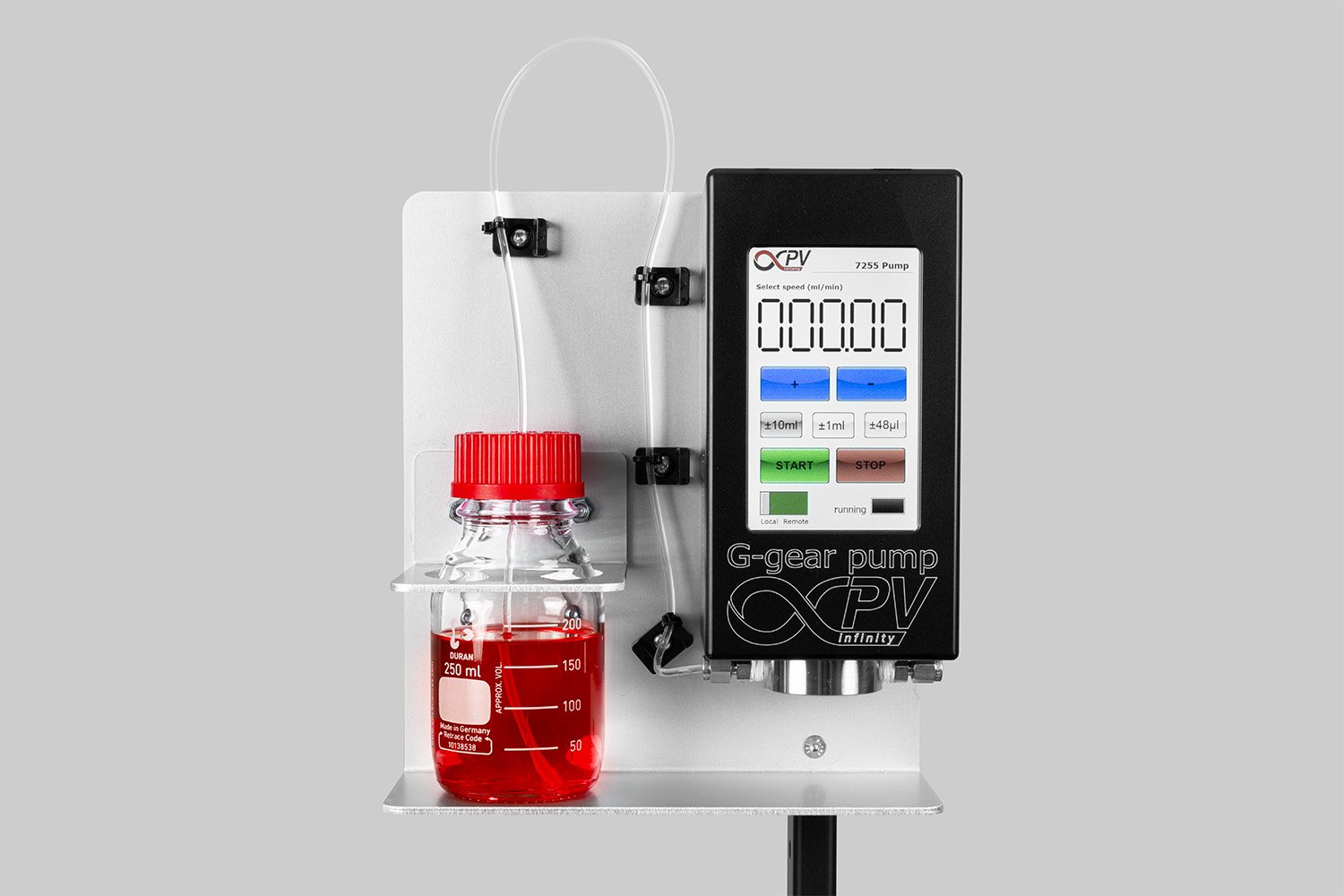
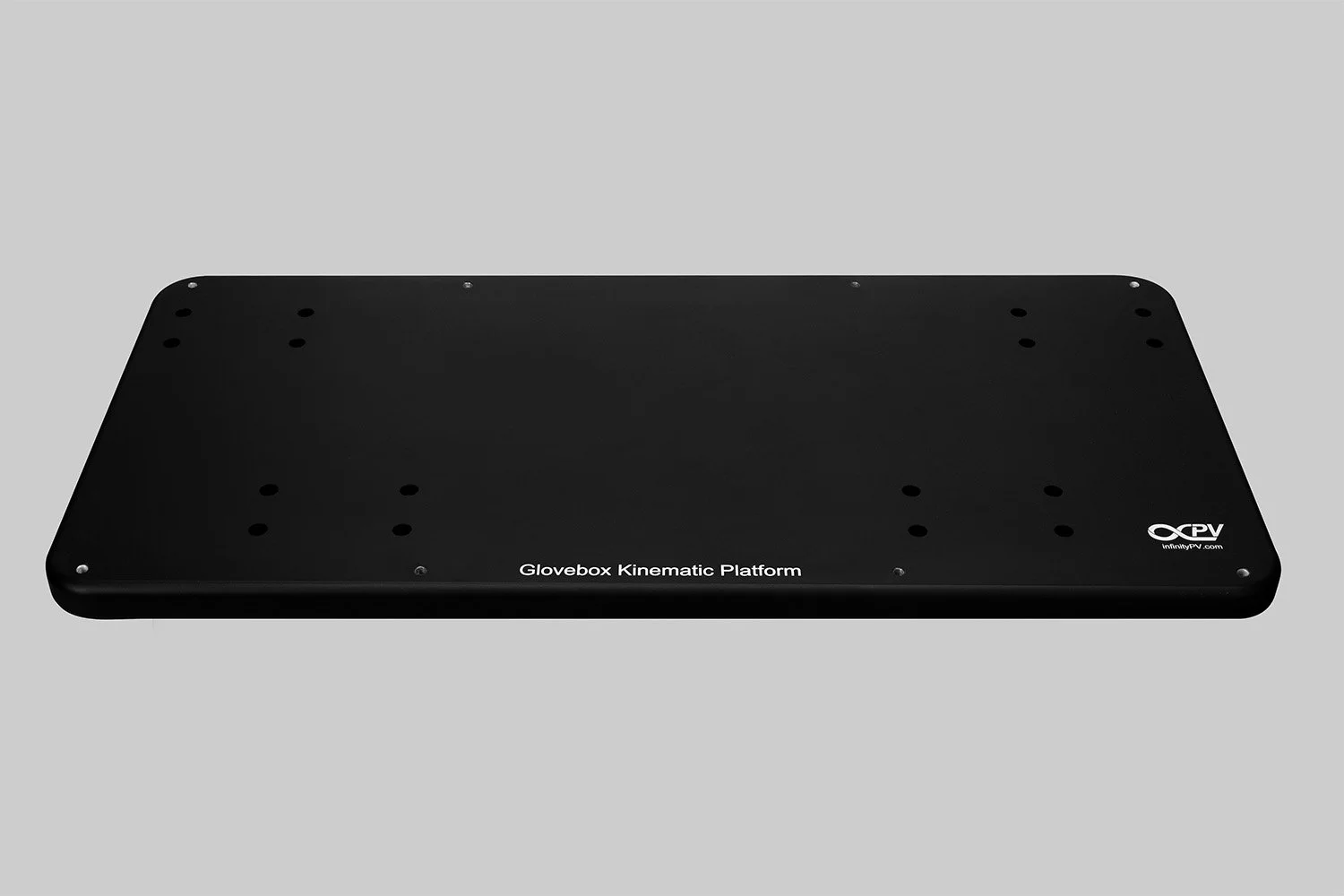

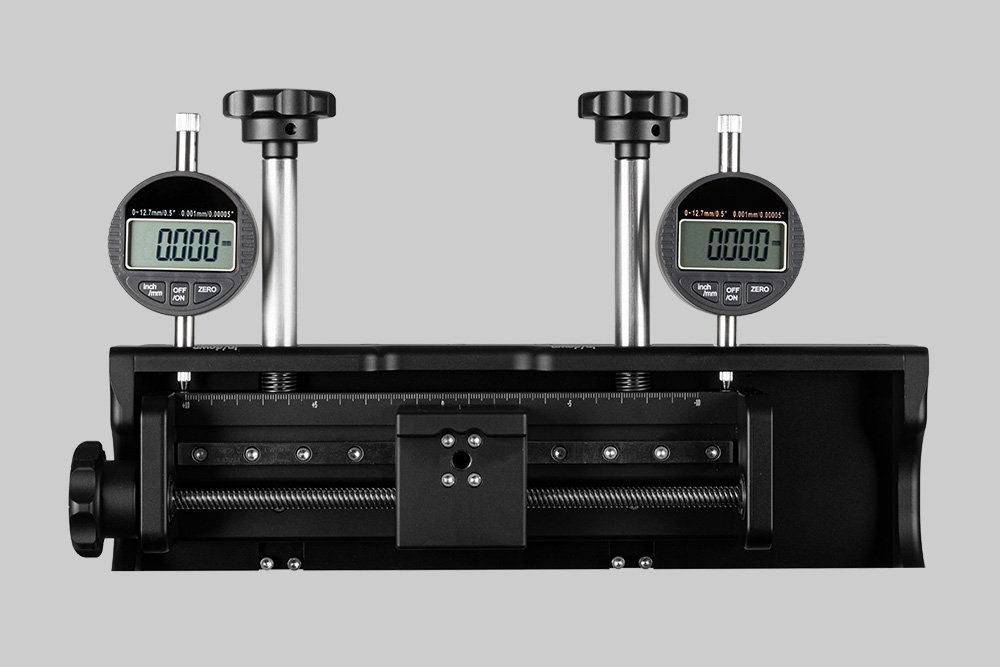
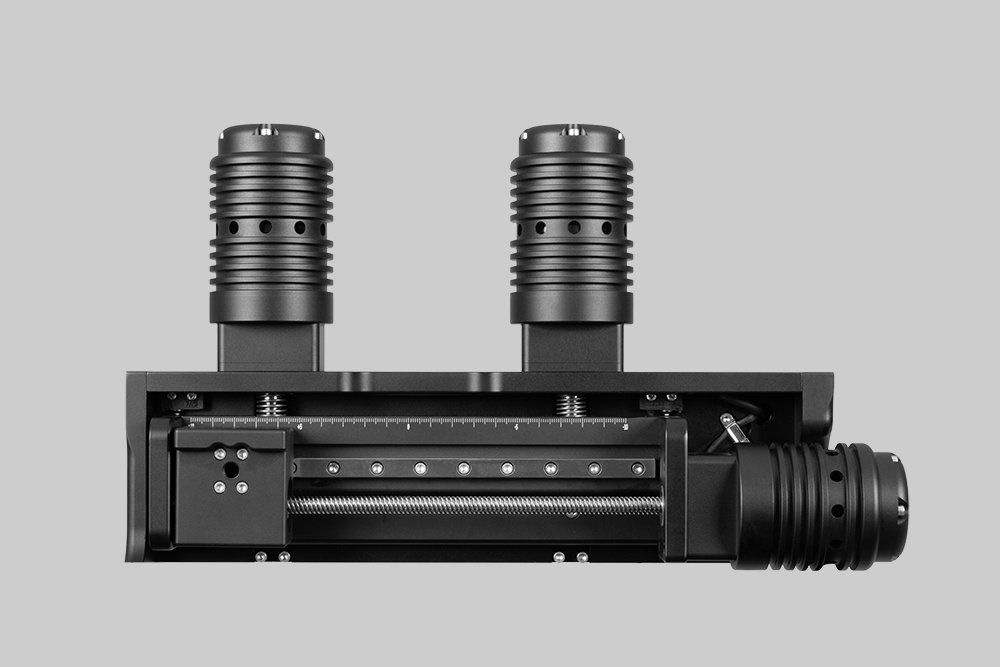

Probably the World’s Most Compact R2R Slot-die Coater: A compact, fully integrated roll-to-roll coating platform for laboratories, complete with a mounting system, anodized rollers, a syringe pump, a 65 mm stainless slot-die head and an infrared oven system—delivering unmatched precision and scalability.